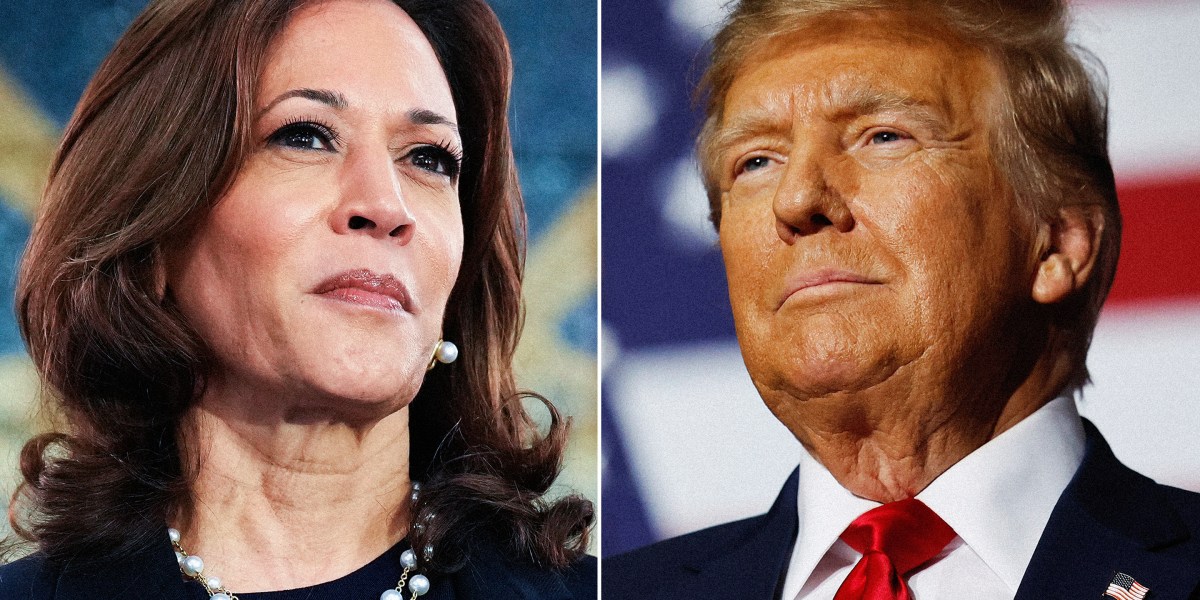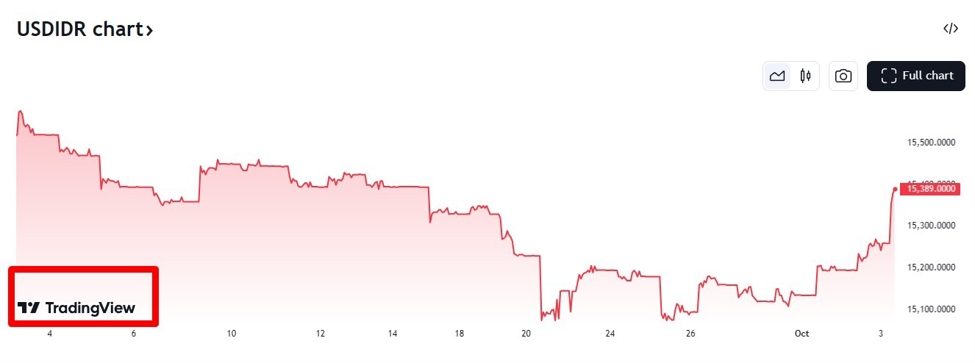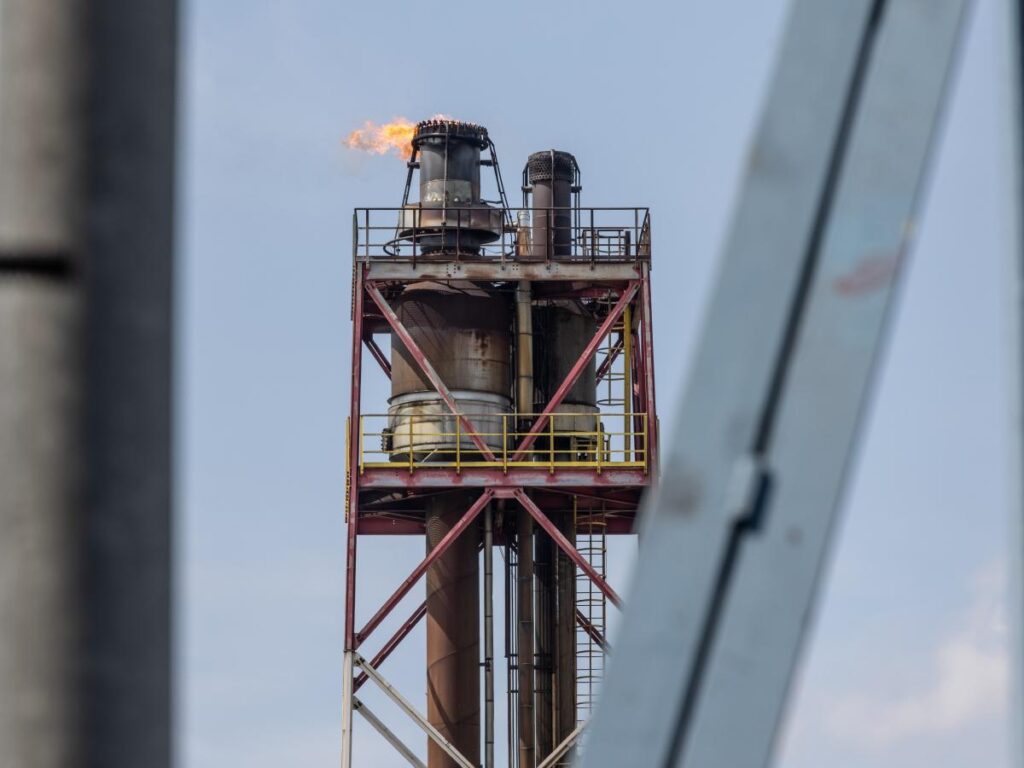

Carmakers are watching carefully to see whether Donald Trump or Kamala Harris wins the election in November—and trying to glean the implications for electric vehicles. It’s a critical time for the automotive industry. In 2023, EV sales grew by 50% year over year in the U.S., reaching 8% of the total market. Through the first half of 2024, EV sales are up roughly 10% year over year. Sales are increasing faster than those for traditional gasoline cars. But that may either accelerate or slow considerably depending on who’s our next president.
It won’t be the first time a leader has an impact on technology, fuel, and manufacturing. Way back before this country was a country—in 1744—Benjamin Franklin expressed concern that the U.S. was running out of wood as a fuel, writing: “Wood, our common Fewel, which within these 100 years might be had at every Man’s Door, must now be fetch’d 100 miles to some towns.” The solution? Coal: abundant, more thermally efficient, but requiring a metal oven, which was rare at the time. Enter the makers of metal ovens.
Given advertising, technological improvements, and time, coal was the main household fuel by the 1860s, so common that most people couldn’t afford not to use it. In 1831, a family would spend the equivalent of $4.50 on coal for the winter, while wood would have cost them about $21. As the coal industry grew and barriers for individual consumers fell away, this cost advantage kept increasing until by 1885, Americans burned more coal than wood. A number of coal companies went bankrupt in the nascent, turbulent, disorganized industry.
Government jumpstarts
Granted, coal and EVs are universes and centuries apart. But the fast and transformative rise of the coal-oven industry demonstrates a key factor the auto industry is grappling with today. That’s the willingness to commit. As I describe in The Electric Vehicle Revolution, being willing to commit is one of three gears of change for industries rapidly transforming—and in the case of EVs, it may also transform the planet. It happens via marketing and innovation. But today, far more than in the disorganized, unregulated coal industry of yesteryear, it also depends on government incentives and requirements. Hence the sense that we’re in suspended animation, holding our breaths to see who wins the election. That’s not just a hunch, it’s a reality.
Back to the two candidates. Where do they stand? With both, it’s important to look not just at their specific statements about EVs, but also where they stand on the climate, and the actions they have taken.
Let’s start with Donald Trump. He pulled the U.S. out of the Paris Agreement and revived the phrase “Drill baby drill,” calling untapped oil and gas (including reserves beneath national parks and preserves) a gold mine, implying we’re wasting billions by not extracting them. He’s also helped spread the rhetoric that Biden administration rules on vehicle emissions are mandates for EVs, though none of them are—they are, in fact, tailpipe emissions rules that do not require sales of EVs to meet the new standards. He’s also said EV manufacturing would ruin jobs for the auto industry, but then said he was for a “very small slice” of cars being EVs. (Having gained the support of Tesla CEO Elon Musk, he seems to have softened his stance.) But overall, he has never indicated he would create climate-friendly, let alone EV-friendly, policies, and he is expected to cancel the tax incentives now in place for EVs.
Harris has been subject to some misinformation around her stance on EVs but has a generally far stronger stance on the climate. She cast the deciding vote on the Inflation Reduction Act (IRA). So, it’s a fair assumption that she would opt for policies that support the production of EVs—not just as a single industry but as a component of an overall climate policy. She has been a vocal supporter of federal grants allotting some $1 billion for purchasing “clean” (mostly electric) school buses. It’s not a question of whether she’ll support EVs, it’s how—her backing, overall, is pretty clear.
Politics, optics, and the IRA
But at least in the U.S., the politics and the optics are tricky—as we’ve seen. Taking a closer look at the implications of the IRA is a good example. The IRA was passed—with Harris the deciding vote—in August 2023. It spurred a wave of activity in the industry, but also created a vexing barrier to the very action it was trying to promote. The requirement that tax credits be applied only to vehicles produced in North America may have been politically understandable, but given the nature of EV manufacturing, it greatly narrowed the field of choices for American consumers and created confusion as well. Great intentions, but perhaps not the best execution.
Still, Harris has been demonstrably supportive of expanding the sales and manufacturing of EVs in the U.S., while Trump has vowed to reverse those policies, promising to kill aspects of the IRA via executive order. He’s asserted that the EV industry would cost U.S. jobs—one of his many stated objections to electric vehicles. But the IRA has helped to create more than 330,000 clean energy jobs in nearly every one of the 50 states, according to Climate Power. And it’s sparked the launch of 542 new factories in 46 states, according to the Rocky Mountain Institute. Trump may be a fan of Musk—he did call Tesla products “incredible” and announced he planned to appoint Musk to head a governmental efficiency commission if he won a second term—but he’s not a fan of the kind of climate-forward policymaking that would support the EV industry as a whole.
The China factor in electric vehicles
Where does that leave us? China has shown that government intervention, when well targeted, can have an enormous effect. In fact, way back in 2001, its Five-Year Plan included making research in EV technology a top priority. This was a full two years before Martin Eberhard and Marc Tarpenning founded Tesla, and three years before Musk joined them. Between 2009 and 2022, China saw a great leap forward: The Chinese government dispensed 200 billion RMB ($29 billion) in tax subsidies and tax breaks, and local governments invested in electric buses, taxis, and other public transportation. As a result, consumer awareness of EV technology blossomed, and the companies developing these technologies began to thrive. Additionally, the government deployed a sweet-tasting carrot, allowing people to automatically get a license plate for an EV in a country where car licenses had long been strictly rationed—particularly in large cities such as Beijing.
While Trump argues that investing in EVs gives more economic power to China, the truth is to the contrary: Given China’s accomplishments, it would be Harris that puts us back on course in the race with China. Another point to consider is the nature of technological momentum. Much as the coal industry eventually won out over wood-burning stoves, the race to renewable energy and EVs is on, like it or not. This may not be an ideal time to fall behind.
Read more:
The opinions expressed in Fortune.com commentary pieces are solely the views of their authors and do not necessarily reflect the opinions and beliefs of Fortune.















